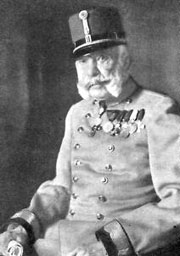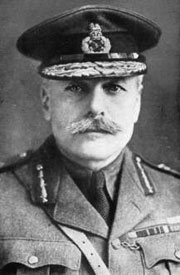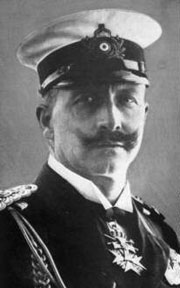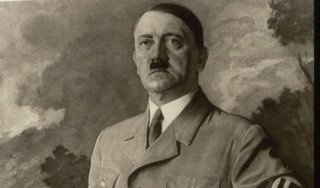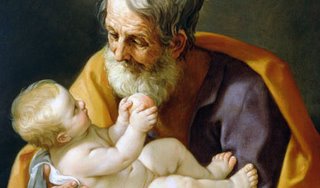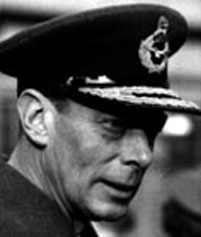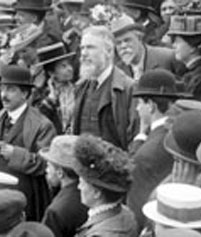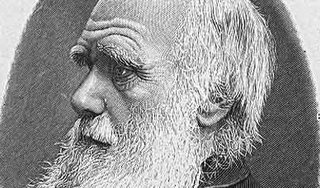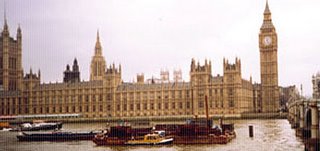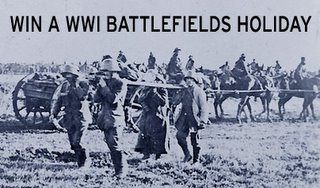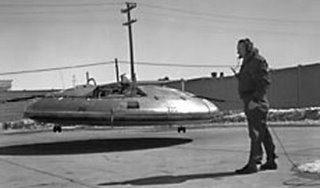
Sir John Betjeman's public image is that of a lifelong devotee of the English upper classes. In a 40-year career as a poet, he celebrated the English countryside, poked affectionate fun at the country set and cursed the vulgarity of the lower orders. The same patrician viewpoint informed his writings on architecture. Appointed Poet Laureate in 1972, he was eventually hailed by The Times newspaper: 'By appointmThe Real John Betjeman shows that behind the public image was a more complex reality. Combining hitherto unseen archive material with the testimony of friends ranging from journalist Simon Jenkins to Barry (Dame Edna Everage) Humphries, it shows that Betjeman was a high Tory lyricist who was deeply insecure about his social background and his gift for poetry; a believer in the cohesive force of Christianity who could not himself believe; and an apolitical old buffer who spied for Britain.ent: Teddy Bear to the Nation'. Finding his way
John Betjeman's family background was far removed from the aristocratic milieu he loved. His father, a cabinet-maker, was descended from Dutch immigrants, and, when the First World War broke out, the eight-year-old Betjeman was bullied at school by children chanting 'Betjeman's a German spy!'
At Oxford, he found his niche as an entertainer, adept at amateur dramatics and comic verse. He also struck up a close friendship with the surrealist Edward James. After failing to complete his degree, he worked as a schoolteacher, then in 1930 began writing for The Architectural Review.
In 1932, his first book of poetry, Mount Zion, was published privately by James. The following year Betjeman brought out a polemical history of English architecture, Ghastly Good Taste. In the same year, he married Penelope Chetwode, and they settled in the Oxfordshire village of Uffington, where their son Paul was born in 1937.
During the war
When the Second World War broke out, Betjeman was rejected for active service and went to work for the Ministry of Information. This led to a posting as press attaché to Sir John Maffey, Britain's High Commissioner in Ireland. The Betjemans lived in Dublin from 1941 to 1943, and their daughter Candida was born there.
Betjeman's official job in Ireland, which was neutral in the conflict, was influencing public opinion in Britain's favour. A particular coup was arranging for the battle scenes in Laurence Olivier's patriotic 1944 film of Henry V to be filmed in Ireland.
He also compiled regular reports on the state of Irish politics, including the activities of the IRA – elements of which advocated allying with Germany against Britain, their common enemy. The boy who had been teased as a 'German spy' had grown up to be a British spy.
More dramatic – not to say bizarre – evidence has recently emerged from within the IRA. In search of a coup which would divert attention from the divisions within its own organisation, the IRA planned to assassinate Betjeman. Luckily, Betjeman's prospective assassin recognised his name and jumped to the conclusion that because he was a good poet, he could not be a secret agent. The hit was called off.
After the war
Betjeman resumed his career as poet and architectural critic, dividing his time between London, rural Oxfordshire and the Cornish coast which he had loved as a child. In 1948, his wife Penelope converted to Catholicism, but Betjeman did not follow suit. He became increasingly agnostic: after his father's death, he wrote:
You, God, who treat him thus and thus,Say 'Save his soul and pray.'You ask me to believe You andI only see decay.(On a Portrait of a Deaf Man, 1940)
However, Betjeman retained a strong sense of the value of belief. In Ghastly Good Taste, he had written: 'The only hope that I can put forward is that England will emerge from its present state of intense individualism ... Not until it is united in belief will its architecture regain coherence.' Betjeman longed for unthinking belief, for an end to reflection and doubt:
The church is just the same, though now I knowFowler of Louth restored it. Time, bring backThe rapturous ignorance of long ago,The peace, before the dreadful daylight starts,Of unkept promises and broken hearts.(Norfolk, 1954)
This yearning to be overwhelmed by something greater than himself sometimes took physical forms. His poetry often expresses a longing to be mastered by large, athletic women:
Pam, I adore you, Pam, you great big mountainous sports girl,Whizzing them over the net, full of the strength of five.(Pot Pourri from a Surrey Garden, 1940)
After 1948, John and Penelope Betjeman grew apart, the strength of her religious faith coming between them. Betjeman found companionship with Elizabeth Cavendish, whom he met in 1951 – the attraction was mutual, immediate and lifelong.
Later life
In the 1960s and 1970s, Betjeman produced a stream of guidebooks and works on architecture, as well as writing and presenting radio and television programmes. He developed a kind of whimsically observant photojournalism: a celebrated example being his Metroland series, which surveyed the London suburbs bordering the Metropolitan line.
He was also an active conservationist; he campaigned for the preservation of Victorian railway stations and the reopening of disused churches, which he believed could assist the revival of Christianity.
His later years were troubled. Beset by loneliness and the fear of death which had been themes of his poetry since the 1940s, he was further weakened by Parkinson's disease and a series of strokes. He died in 1984, aged 77, and is buried in Cornwall. In a 1974 poem, The Last Laugh, he asked to be remembered, characteristically, as an entertainer.

